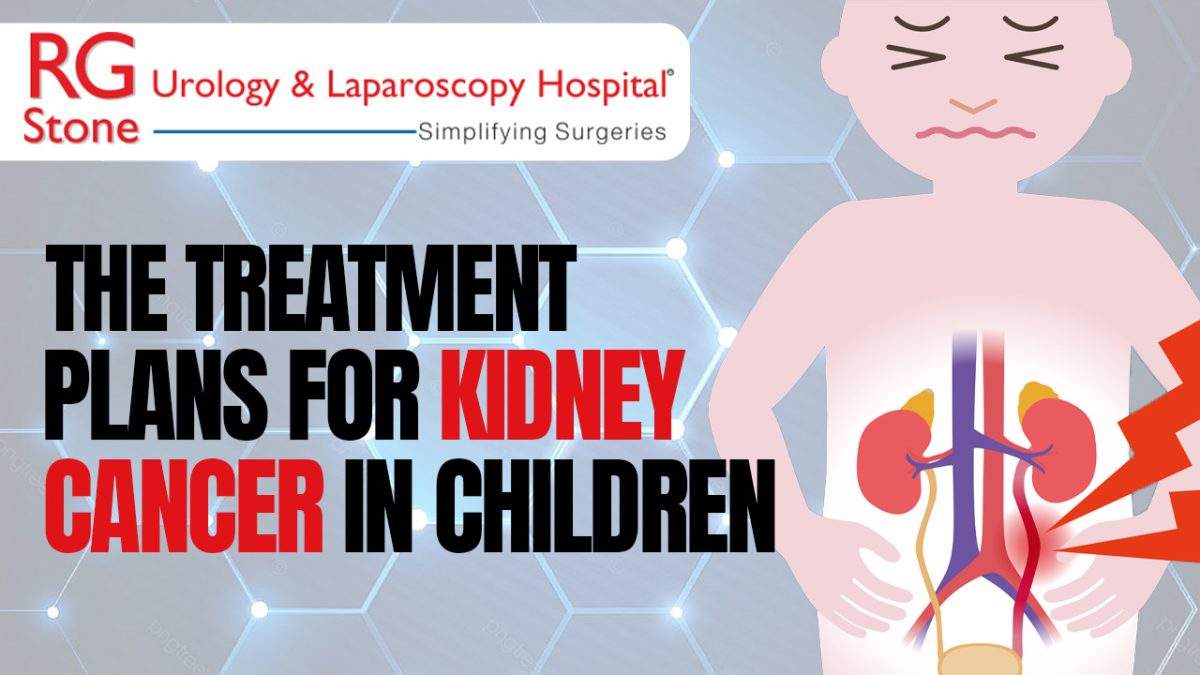Medical illnesses and abnormalities affecting the male reproductive system and urinary tract are referred to as urological difficulties. This comprises male reproductive organs, including the testes, penis, and prostate, as well as internal organs like the kidneys, ureters, bladder, and urethra. Urinary tract disorders, kidney stones, prostate cancer, and erectile dysfunction are examples of more severe ailments that fall under the category of urological concerns.
The most common urological problems.
There are different urological problems that are very common. The best urologist in Ludhiana is known for treating the urological conditions.
Erectile Dysfunction
Erection quality decreases with age and eventually affects all men. Treatments include oral medications, injection medications, penile shockwave to encourage new blood vessel growth, and prosthetic surgery.
UTIs
While erectile dysfunction is a common urologic problem for men, persistent or recurring urinary tract infections are one of the most common urologic problems for women. 60% of women will experience a UTI at least once in their lifetime.
Kidney Stones
When chemicals accumulate in the urine and crystallize into a solid item in the kidneys, kidney stones can result. Kidney stones come in various sizes; some are smaller than a grain of sand, while others are bigger than a golf ball. The size of the stone affects the symptoms and course of treatment. Medication alone has a high likelihood of facilitating the passage of smaller stones.
Excessively active bladder
An issue with urine storage in the bladder that results in the involuntary loss of urine due to a strong, sudden need to urinate is known as an overactive bladder. In addition to frequent urologic issues like UTIs and bladder stones, neurological conditions, diabetes, and aging itself can also result in overactive bladder.
Dysfunction of the pelvic floor
Pelvic floor dysfunction is a general term that encompasses pain syndromes as well as bowel and urine issues. Pelvic floor therapy can help, regardless of the etiology of pelvic floor dysfunction. Pelvic floor therapy aims to lessen pain and improve urination by reducing the strain on the pelvic floor muscles.
Issues with the Prostate
- Benign Prostatic Hyperplasia: As men age, benign prostatic hyperplasia is a prevalent urologic condition. Urinary urgency, frequency, and stream weakening are typically the first signs of it.
- Prostate Cancer: Prostate cancer is one of the most common cancers among men, but it is also one of the most treatable.
What are the treatment plans for urological issues?
Treatment regimens for urological conditions can differ significantly based on the ailment’s nature and each patient’s preferences and health.
- Medication: Medication is valuable for managing and treating various urological problems. These could include painkillers for kidney stones, alpha-blockers or 5-alpha reductase inhibitors for benign prostatic hyperplasia, antibiotics for UTIs, or drugs for erectile dysfunction like tadalafil or sildenafil.
- Surgical Procedures: Surgery may be required in specific circumstances to address urological disorders. A penile implant for erectile dysfunction, transurethral resection of the prostate for BPH, surgical excision of the prostate gland for prostate cancer or lithotripsy to break up kidney stones could all be part of this.
- Minimally Invasive therapies: Many urological problems now have minimally invasive treatments thanks to advancements in medical technology.
- Physical therapy: It is a recommended treatment for certain urological disorders, such as urinary incontinence or pelvic floor dysfunction. Enhancing bladder control and strengthening the pelvic floor muscles can be achieved by biofeedback, exercises, and other methods.
Make an appointment at RG Stone Urology & Laparoscopy Hospital with the top physician for kidney cancer treatment in Ludhiana.






